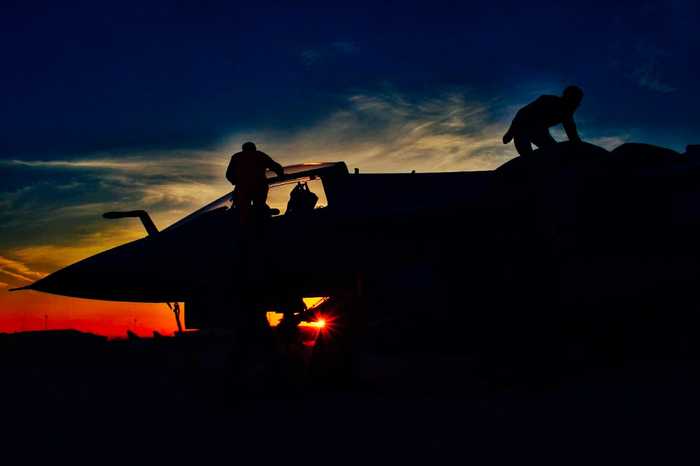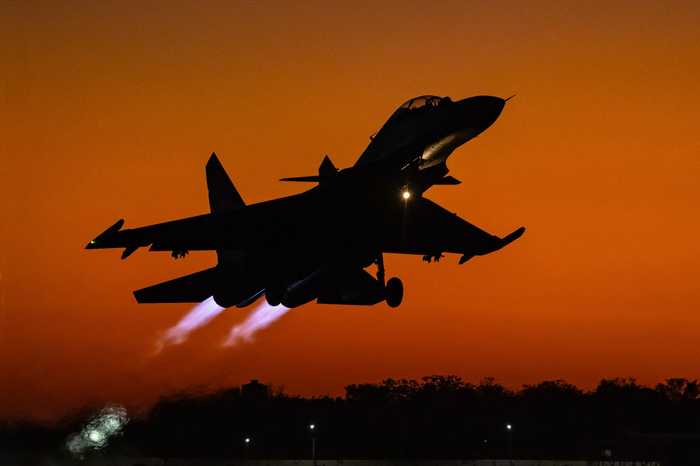Published 17:43 IST, February 28th 2024
Indian Air Force's (IAF) historic Balakot mission revealed a critical vulnerability: the absence of an operational data link (ODL).
Advertisement
New Delhi: Five years ago, Indian fighter jets embarked on a historic mission, crossing the border with Pakistan for the first time since the 1971 war. Their target: the Jaish-e-Mohammed’s terror training camp in Balakot. However, the operation brought to light a critical vulnerability in the Indian Air Force (IAF)'s arsenal.
In the heat of Operation Bandar, when the Pakistan Air Force (PAF) retaliated with electronic warfare jammers, the IAF found itself at a disadvantage. The absence of an operational data link (ODL) meant that Indian Sukhois could not communicate effectively with its Mirages, creating a significant operational blind spot.
Advertisement
The importance of Electromagnetic Spectrum
In modern warfare, the electromagnetic spectrum plays a crucial role, shaping the outcome of battles long before the first shot is fired. Asymmetric advantages are gained or lost in this invisible domain, where energy and information exchange determine the course of action.

ODLs facilitate secure and jam-resistant voice and data exchanges between connected assets, enhancing interoperability and situational awareness. This capability allows networked parties to share sensor feeds in near real-time, enabling swift and coordinated responses to emerging threats.
Advertisement
The absence of ODL severely impacted the IAF's ability to respond effectively to PAF's retaliation. Reports indicated that Pakistan's superior electronic warfare capabilities disrupted communication between Indian fighter jets, highlighting the critical nature of ODL in modern aerial warfare.
Plans for enhancing capabilities
Recognizing the need to address this capability gap, the IAF has outlined plans to data link all its airborne platforms, including fighters, helicopters, command and control aircraft, and transporters. This initiative aims to bolster interoperability and improve response capabilities in future engagements.
Advertisement

Moving forward, the IAF aims to transition into a network-centric force, leveraging sensor information from a wide array of platforms to enhance threat perception and resource allocation. This evolution will require the establishment of secure horizontal and vertical networks connecting all aerial platforms and ground stations.
17:43 IST, February 28th 2024